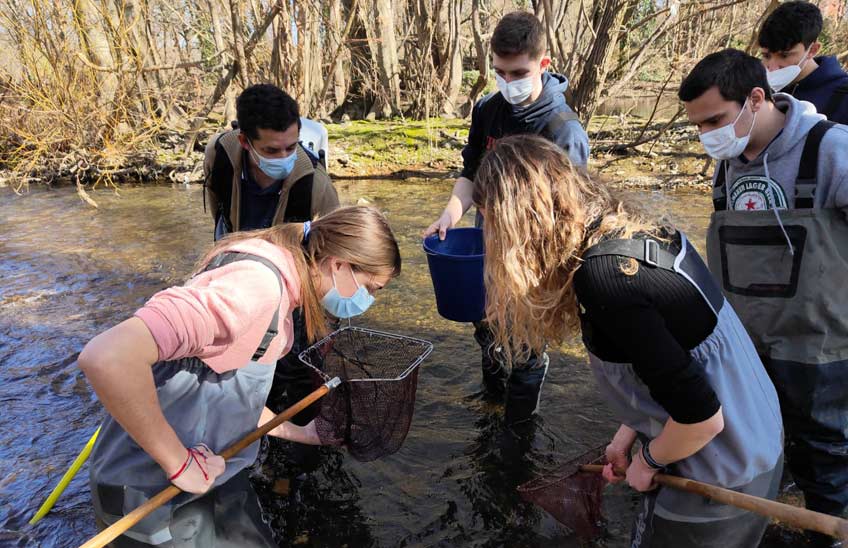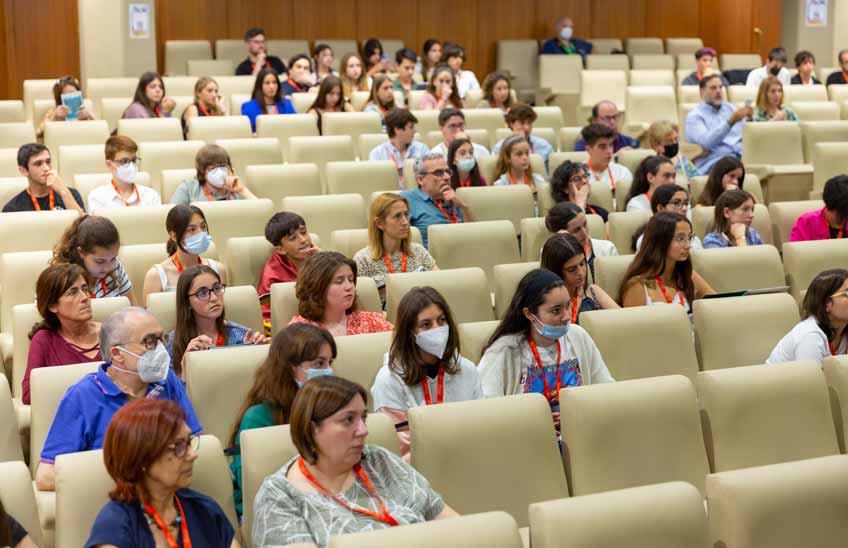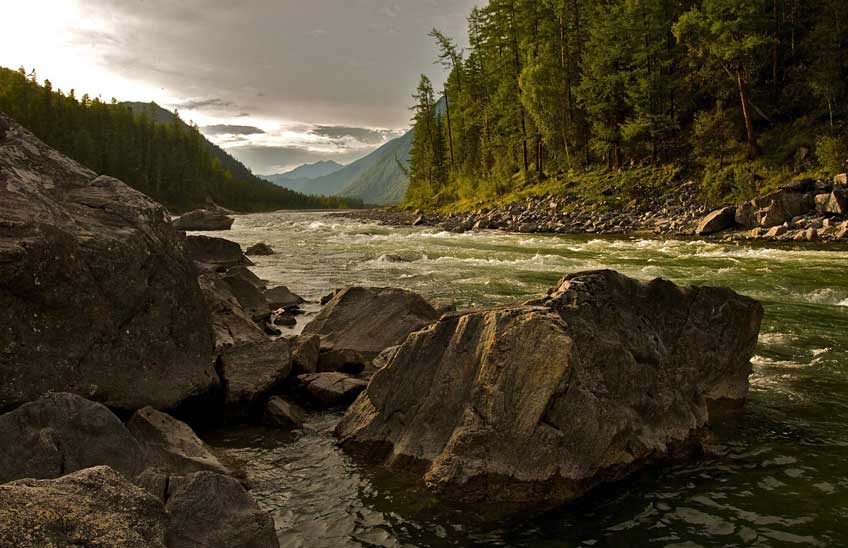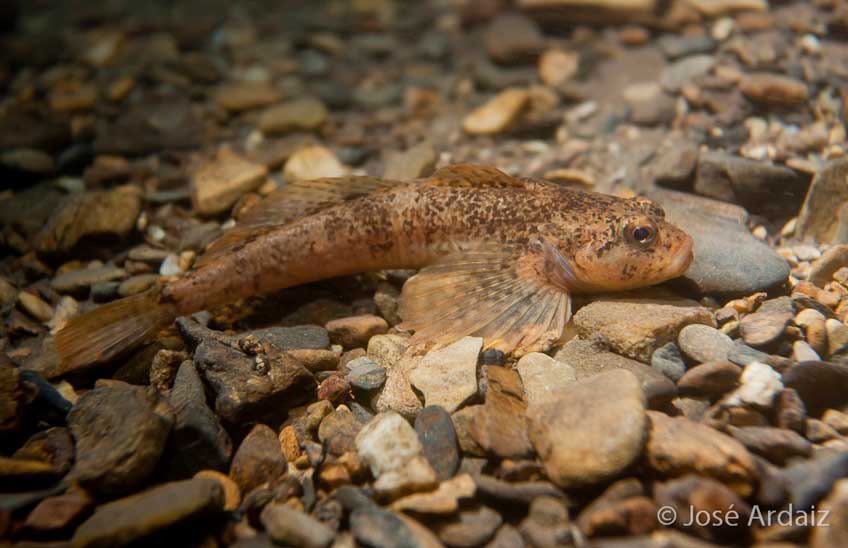The Science Museum of the University of Navarra joins the Pamplona Biomarathon with a fish census in the river Arga
The scientific institution is organising this activity to raise public awareness of the negative impact of invasive alien species.

Foto: Cedida<br>/Imagen de archivo de una actividad en el río Arga en Pamplona
27 | 04 | 2022
The Science Museum of the University of Navarra is once again joining the Biomarathon 2022 - promoted by associationTerrabiota -which this year will be held from 29 April to 2 May. During these four days, citizens will be able to take photographs or record audio recordings of the living beings of Pamplona and its metropolitan area area, and upload them to the iNaturalist platform, where the observations of the participants will be recorded. These photographs can be identified until 8 May and, one day later, the results will be published on presentation.
The Science Museum, in partnership with the project Life Invasaqua, organizes on Friday, April 29 at 17:00 hours a fish census in the Arga River (the point of meeting are the walkways of the river next to Pamplona Canoeing). The goal of this activity is to observe the diversity of freshwater fish - invasive and native - present in the river, and will be guided by Rafael Miranda, biologist and researcher of Biodiversity and Environment Institute of the University of Navarra.
"We are going to carry out a census of fish with an electric fishing apparatus, so that we can calmly observe a large part of the species present in the Arga as it passes through Pamplona. The idea is that the public can take part in the census, see the specimens we catch, and learn a little more about the fauna that surrounds us", says Professor Miranda.
Anyone can sign up through the Terrabiota website. The Biomarathon (City Nature Challenge) is a citizen science activity - promoted by the California Academy of Sciences and the Natural Science Museum of Los Angeles County - in which nearly 400 cities in 40 countries are participating.
Invasive alien species in Navarre: an environmental, economic and social problem
Rafael Miranda, researcher of Biodiversity and Environment Institute of the University of Navarra, points out that there is an abundant presence of invasive exotic fish in Navarra, although the most relevant are perch, catfish, carp and bleak.
"Among the predators, the American perch, the European perch and the catfish are a serious threat to the native fauna on which they prey, as well as altering the food webs of ecosystems. Carp and crucian carp are also known to modify ecosystems, alter water quality and food webs. Lastly, a severe threat is the presence of the common murre, which has colonised much of the middle and lower reaches of the rivers, competing with and displacing native species".
Professor Miranda says that these species cause severe social, economic and biodiversity impacts, and that there is a need to raise public awareness of this topic.
"The latest programs of studywarns of the very high costs of the impacts of these species and management. Ultimately, it all adds up: the impacts we have on the environment come back to us, worsening our economies and our quality of life.




